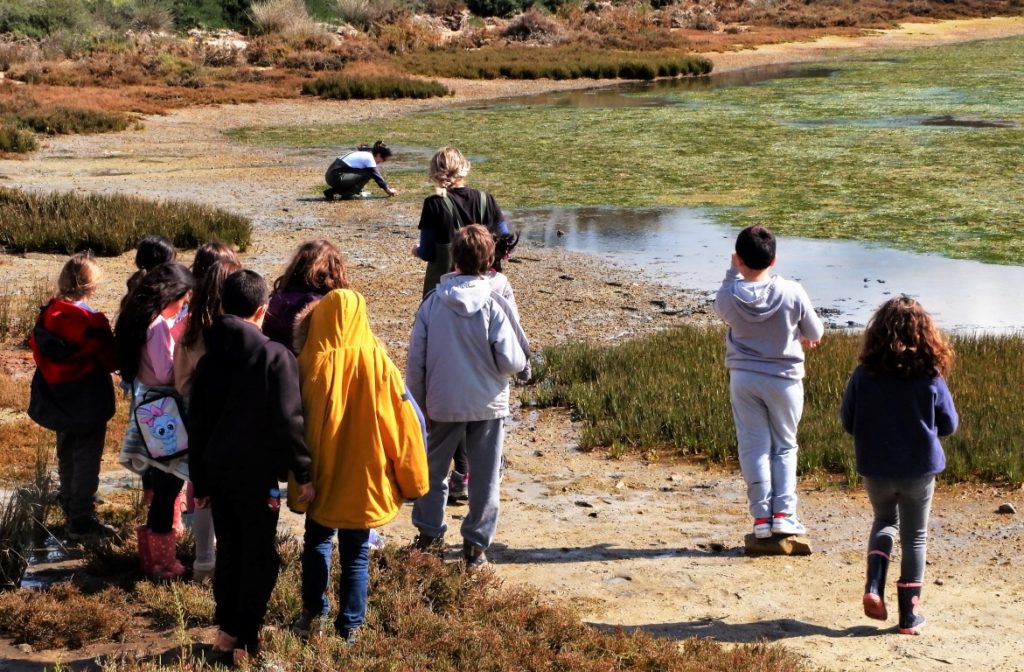 "I am very happy. Since I was the coordinator, I thought I would have to do all the work, but no. I have limited myself to coordinating and all teachers in the cluster are 100% involved in the project. It has been a huge success». It was in this way that Nuno Magalhães, responsible for the dynamization of the “Blue School” in Olhão, evaluated the path taken so far by the project.
"I am very happy. Since I was the coordinator, I thought I would have to do all the work, but no. I have limited myself to coordinating and all teachers in the cluster are 100% involved in the project. It has been a huge success». It was in this way that Nuno Magalhães, responsible for the dynamization of the “Blue School” in Olhão, evaluated the path taken so far by the project.
The statements made by this professor, with a degree in Marine Biology from the University of Algarve, were made to journalists moments before the Minister of the Sea, Ana Paula Vitorino, officially attributed the distinction of "Blue School" to the João da Rosa grouping of schools from Olhano, the only one in the Algarve and one of the few at national level where this project took off, in an experimental way.
The government official was in Olhão this Friday and was not afraid to get her shoes dirty to join EB1 students in Marim who were collecting samples in the mud, next to the tidal mill at the headquarters of the Ria Formosa Natural Park.
It was among the 4th year students of this educational establishment that Ana Paula Vitorino got to know the work that has been developed in the João da Rosa grouping, that started months ago.
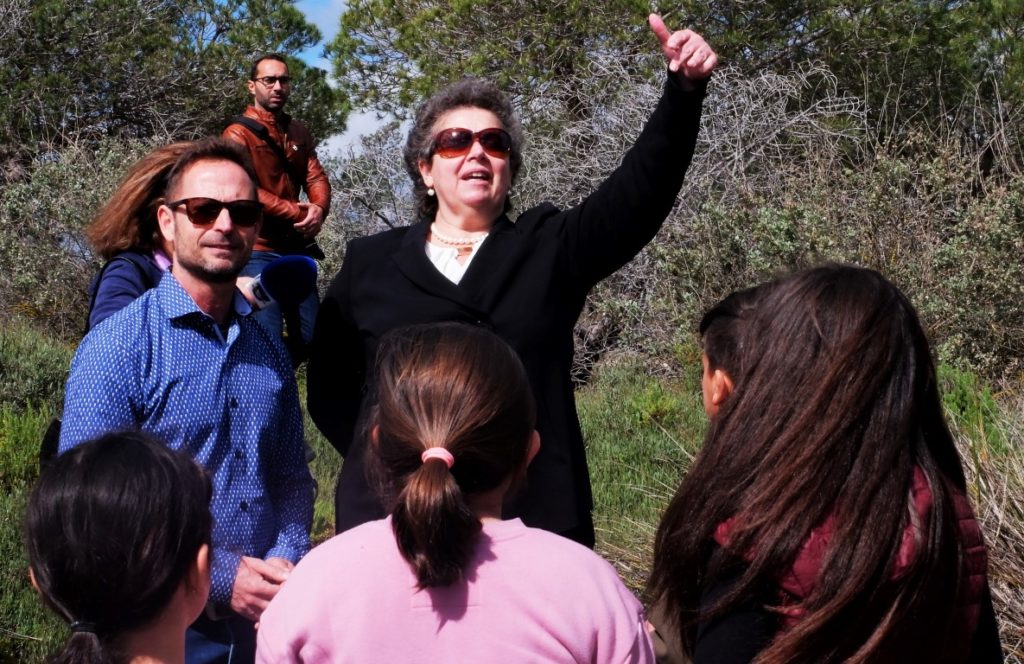
“My initial idea was to protect the seagrass ecosystem, which has immense potential in terms of biodiversity. It is there that many fish spawn, it is where a large number of animals and algae settle. Furthermore, they protect against coastal erosion. A hundred years ago, when there were seagrasses on the ocean side of the islands, there were no problems of erosion and the sea taking sand from the dunes, as there are now», said Nuno Magalhães.
“But, as we know, plants are not iconic for anyone. That's why I chose the seahorse, which is an iconic species, like the tiger or the dolphin. And here in Ria Formosa we have the largest population of seahorses in the world», he added.
This species, “unfortunately, is very threatened”, since in Asia “it is considered an aphrodisiac and some people pick it up here in the Ria Formosa to sell it to the Asian market”.
The creation of the imaginary was a first step. The others were given with the help of the school community.
“The entire Cluster is involved. These boys, who are from the 4th year, work around a story [the tale Formosa] developed by a researcher from the Center for Marine Sciences (CCMar do Algarve), who is promoting environmental education for the little ones in conjunction with us. 2nd cycle students are also involved, through the seahorse and this story», he said.
Older students, from 7th to 9th grade, participate in a more profound way. “They come to Ria, carry out erosion monitoring campaigns, with Coastwatch, voluntary plastic collection and also seagrass monitoring and carbon sequestration”, according to Nuno Magalhães.
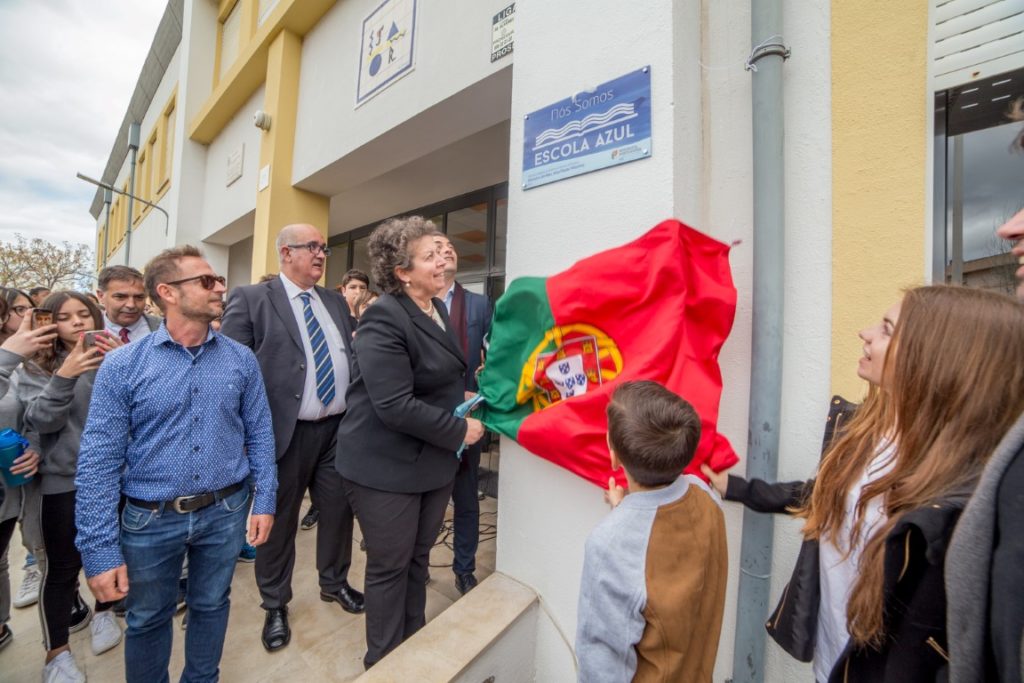
Many of these activities take place in a more relaxed atmosphere and with the Ria Formosa in the background. «These are practical classes. The school must not always be within four walls. You have to go out into the field, which, in this case, is Ria. We try, as much as possible, to do not only laboratory classes, but also on the ground», he concluded.
The Minister of the Sea heard Nuno Magalhães, met some of the researchers who give scientific support to the project, in Olhão, and teachers from the João da Rosa group, who welcomed the “Blue School” with open arms. And he also sounded out the little ones and learned from their mouths a little more about the protection of seagrasses.
“The importance of this type of project is huge, but I wanted to focus on two aspects. On the one hand, the issue of the preservation of the Ria Formosa and the habits of protecting the ocean and the environment in general. On the other hand, the fact that we are creating oceanic generations», said Ana Paula Vitorino.
“It is very important to educate our young people so that later, as adults, they will be citizens concerned with the preservation of the oceans and coastal areas, as well as the various species that exist there. And, also, that they can become professionals in areas related to the sea», he added.
The Minister of the Sea stressed that «the ecosystem of the Ria Formosa is unique, which, as Professor Nuno Magalhães says, is “only” the marine ecosystem with the greatest biodiversity in the country».
With the “Blue School”, it could be starting to form a battalion of future protectors of the fauna and flora existing in this rich lagoon system.
Photos: Hugo Rodrigues|Sul Informação and Luís Pacheco|Câmara de Olhão
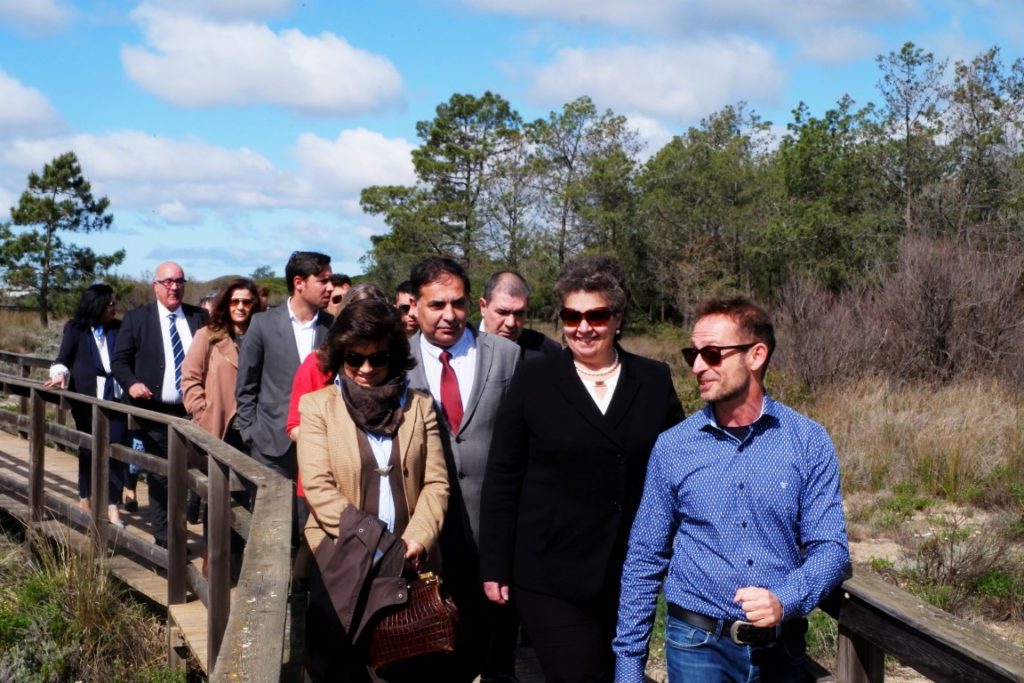
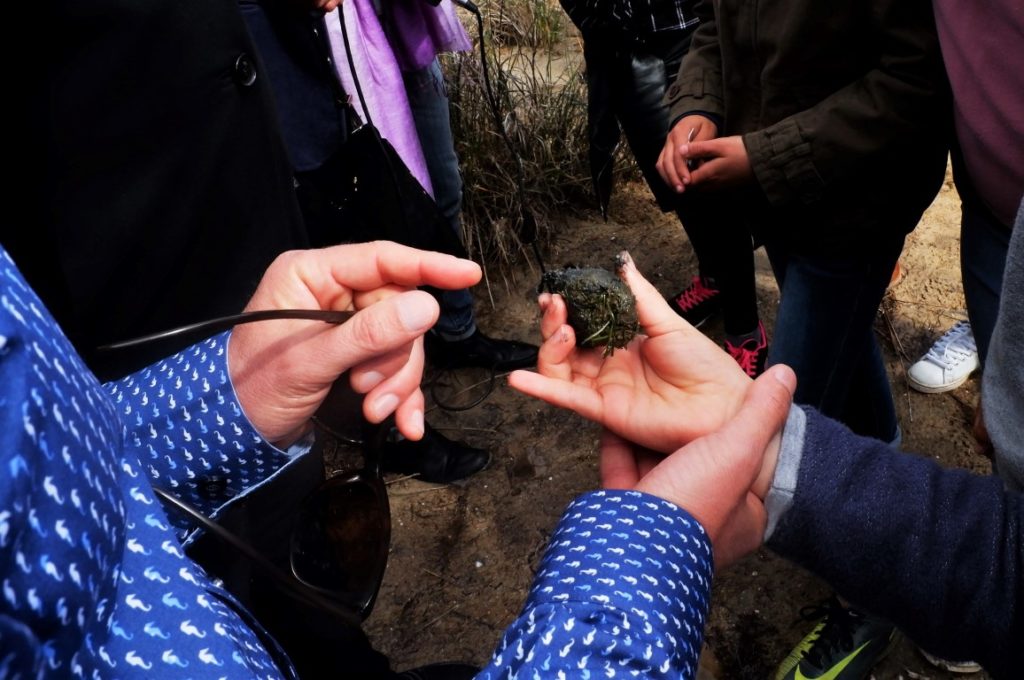
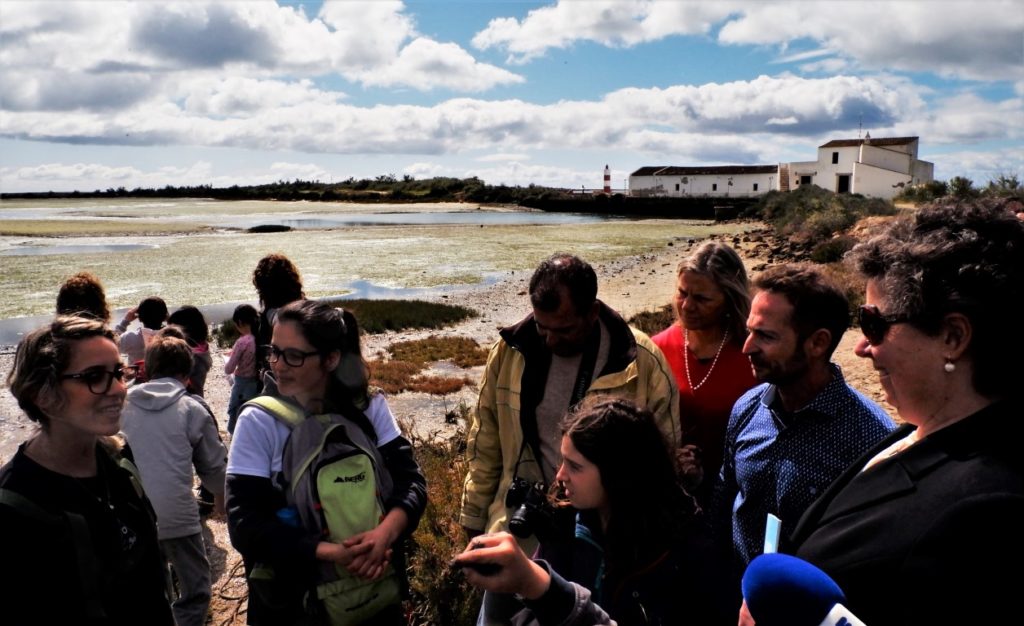
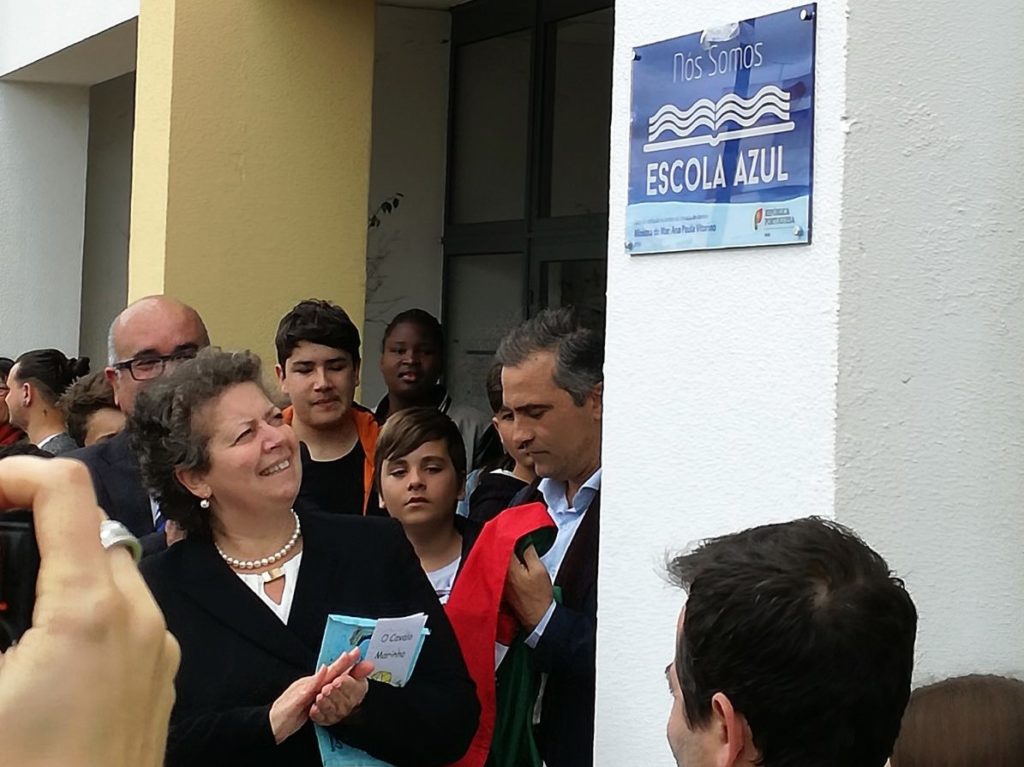
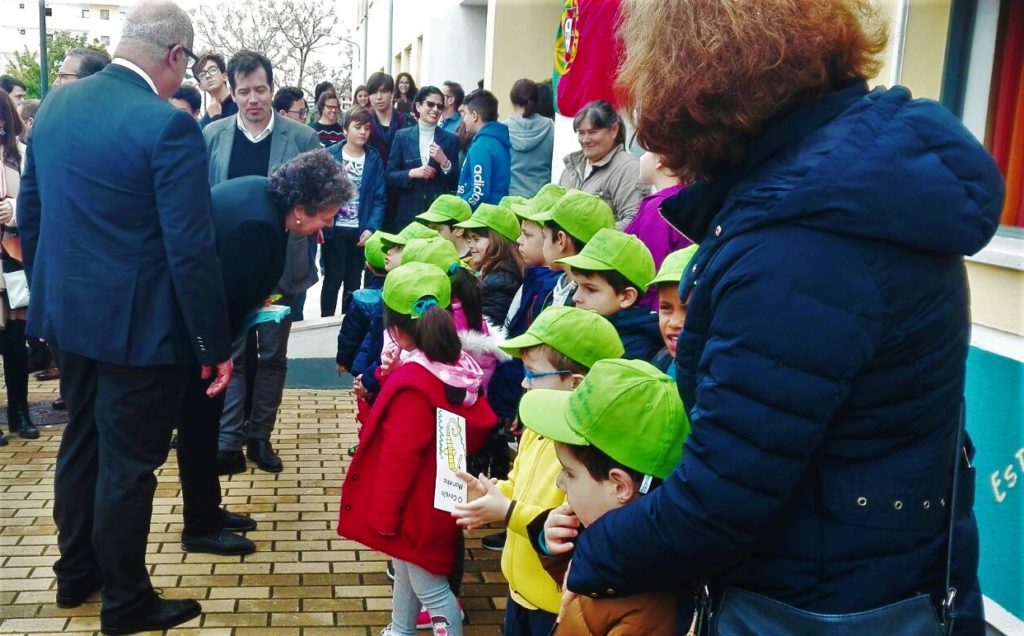


















Comments